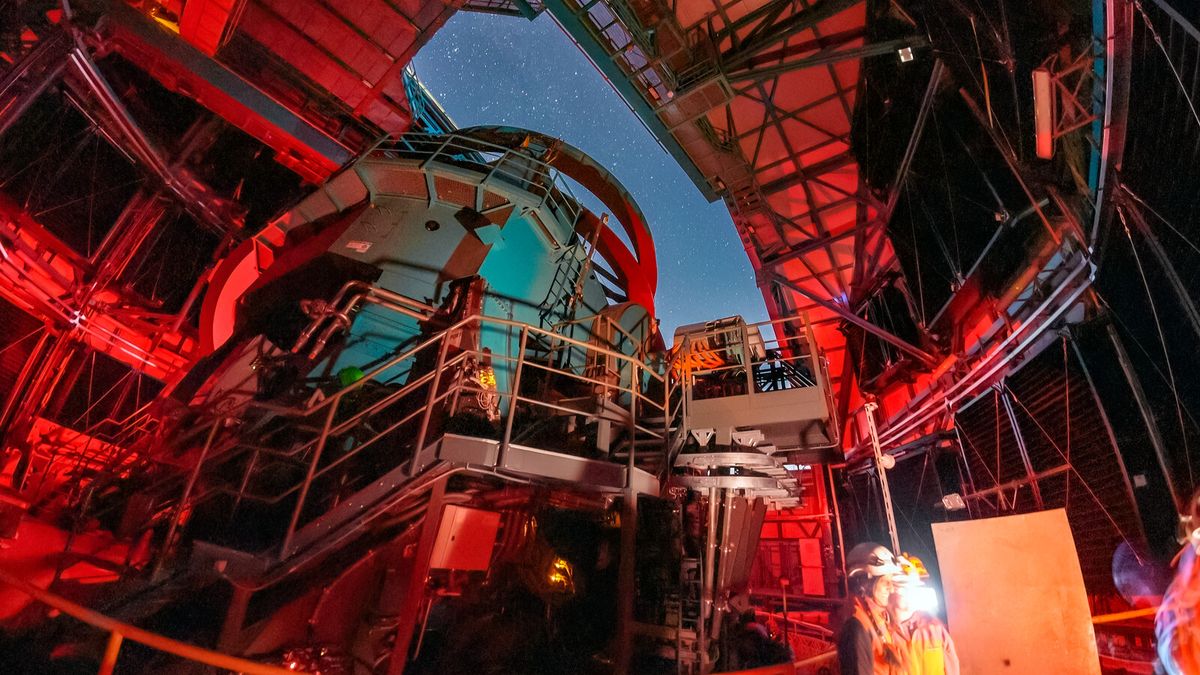Now Reading: Rubin Observatory Captures First Glimpse of Night Skies
-
01
Rubin Observatory Captures First Glimpse of Night Skies
Rubin Observatory Captures First Glimpse of Night Skies

Speedy summary:
- The Vera C. Rubin Observatory has shared its first images, showcasing spiral galaxies, nebulas, and stars across the universe.
- Located in Cerro Pachón, Chile’s Andes Mountains, the observatory is equipped with an 8.4-meter Simonyi Survey Telescope and LSST camera (LSSTCam), the world’s largest digital camera (3200 megapixels).
- Built to study faint objects and dark matter that constitutes much of the universe.
- Advancement began in the 1990s as a “Dark Matter Telescope” concept and culminated in construction during the 2010s.
- It released its first batch of images on June 23, 2025, after scanning over 2,000 asteroids within days using a scanning area equivalent to over 45 full moons.
- Named after vera Rubin to honor her contributions to dark matter research; it surveys galaxies at speeds up to 10-100 times faster than similar facilities.
Images:
!A large telescope is pointed up at the night sky
Caption: An image shows the telescope scanning the night sky. (Credit: NOIRLab/SLAC/NSF/DOE/AURA/P. Horálek)
!Inside view of Rubin observatory
Caption: Long exposure inside image of Rubin Observatory during its initial operations scanning stars. (Credit: NOIRLab/SLAC/NSF/DOE/AURA/P.Horálek)
indian Opinion Analysis:
The unveiling of groundbreaking astronomical imagery from the vera C. Rubin Observatory signifies notable progress in understanding our universe’s basic mysteries like dark matter-a concept critical even for Indian scientists engaged in astrophysical research through institutions such as ISRO or IUCAA.
India has collaborations on global scientific ventures; while not directly linked here yet, engaging with such technologies can create opportunities for domestic advancements tied directly into space exploration goals voiced recently by governmental arms like ISRO’s ‘Astronet’ strategies portfolio including asteroid navigation promising overlaps technologically bridging missions upcoming methodologies addressing scientific observational pools capacity aligned better synchronizations! read analyses priority imagings.techniques upstream insights etc)>=
























